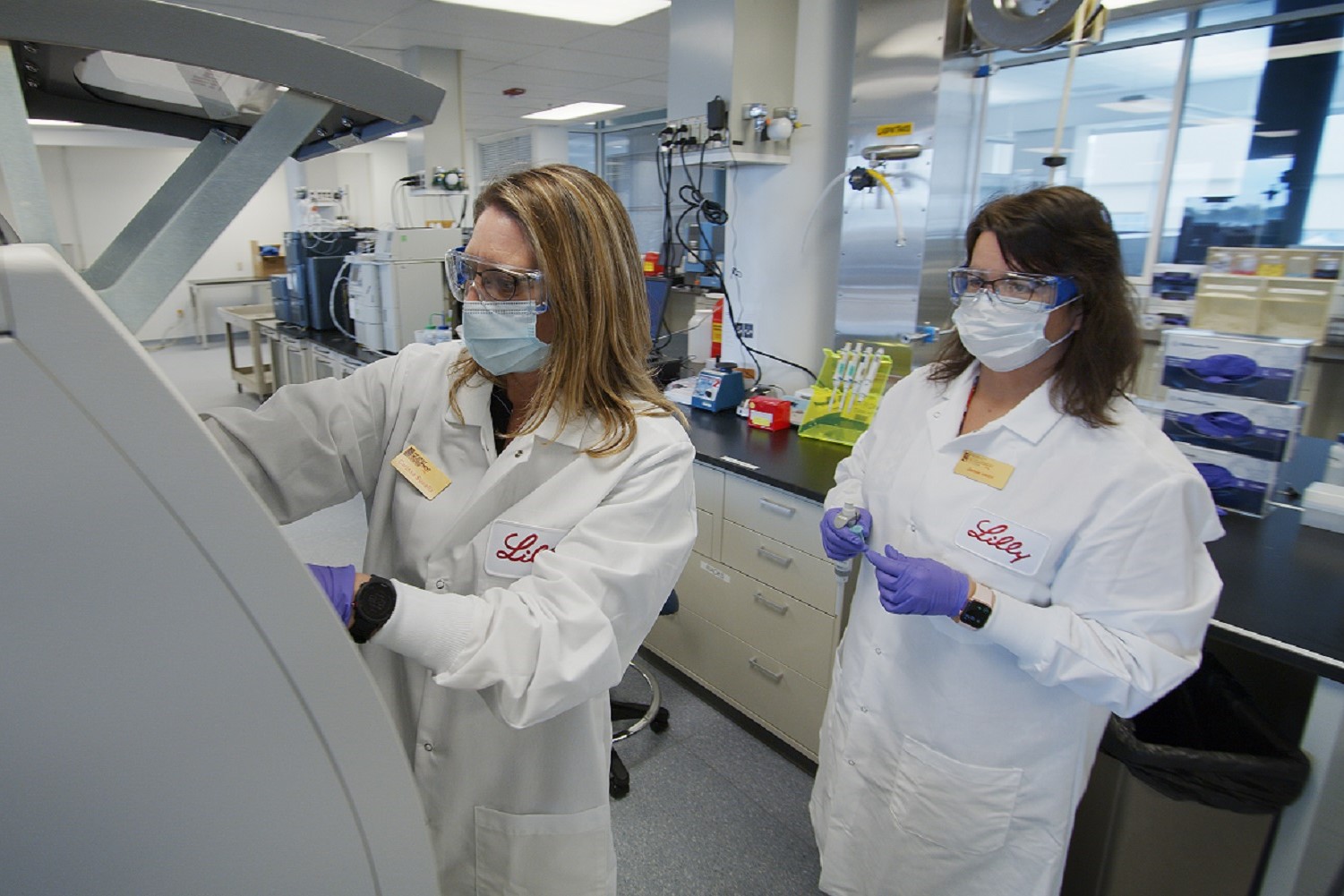
The Food and Drug Administration announced last week the approval of a new treatment for a rare form of leukemia, but a leukemia expert downplayed the significance of the trial data that led to the approval.
The FDA approved AstraZeneca’s Lumoxiti (moxetumomab pasudotox-tdfk) for hairy cell leukemia. HCL is an indolent, or slow-growing disease that affects slightly more than three people per million each year, according to the Hairy Cell Leukemia Foundation, while the company estimates about 1,000 people are diagnosed in the US annually. Lumoxiti consists of the portion of an antibody that binds to the CD22 antigen, fused to a truncated bacterial toxin that inhibits protein synthesis and triggers apoptosis, or cell death. The drug’s label is for patients who have failed at least two prior therapies.

With the Rise of AI, What IP Disputes in Healthcare Are Likely to Emerge?
Munck Wilson Mandala Partner Greg Howison shared his perspective on some of the legal ramifications around AI, IP, connected devices and the data they generate, in response to emailed questions.
AstraZeneca intends to list Lumoxiti’s price closer to its commercial supply availability. The company touted the drug as the first new therapy for HCL in 20 years.
The approval was based on a single-arm, Phase III study that enrolled 80 patients in 14 countries, using durable complete response rate – meaning CR with normalization of blood counts – lasting more than 180 days as the primary endpoint. Progression-free survival, relapse-free survival, overall response rate and other measures constituted the trial’s secondary endpoints. The study showed a 30 percent durable CR rate, along with a 75 percent ORR, according to the Phase III data, presented in June at the American Society of Clinical Oncology’s annual meeting in Chicago.
Still, Dr. Mark Levis, who leads the Hematological Malignancies and Bone Marrow Transplant Program at Johns Hopkins University in Baltimore, said in addition to being a rare disease – his center sees about two cases per year – HCL also has a number of treatments that work well and produce long-lasting remissions, such as the chemotherapy drug cladribine and Roche’s CD20-directed monoclonal antibody Rituxan (rituximab). “A public health problem, this is not,” he said at the ASCO conference. Indeed, the generally long survival time of HCL patients would have made a randomized trial with a survival endpoint impractical, he added.
The National Comprehensive Cancer Network Guidelines for HCL – which have not been updated to reflect Lumoxiti’s approval – cite a Phase II study that included 14 HCL patients who had received a median two prior therapies and were given cladribine followed by Rituxan, showing a 100 percent CR rate and also a 100 percent rate of overall survival and failure-free survival at five years. The median number of prior therapies among patients in the Phase III Lumoxiti study was three, with all patients receiving therapy with purine nucleoside analogs – a class that includes cladribine – including 29 percent who received PNAs combined with Rituxan, according to the drug’s label. Patients included in the study were required to have received at least two prior therapies.
Photo: bandit2523, Getty Images














